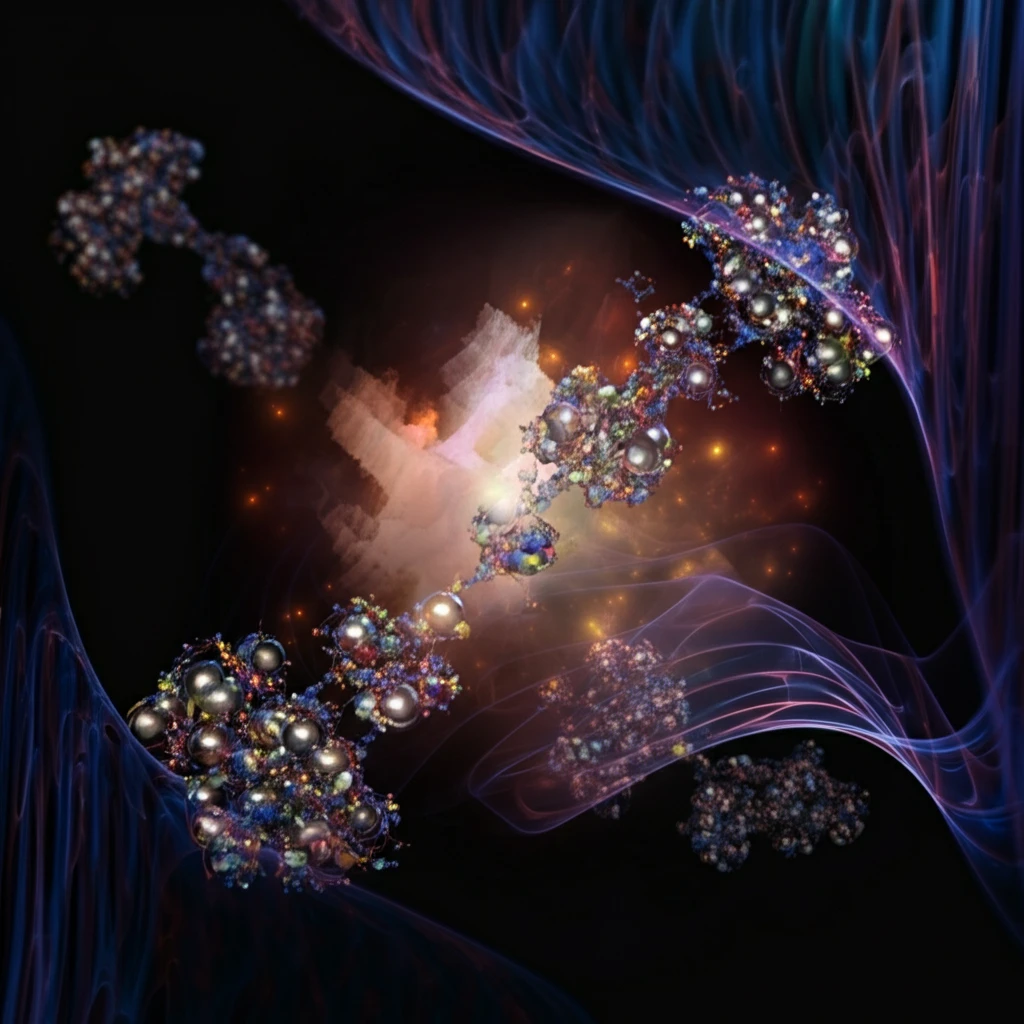
Platinum's New Look: How Bismetalated Complexes Could Revolutionize Material Science
"Researchers synthesize novel platinum complexes, paving the way for advanced materials and artificial photosynthesis."
In the ever-evolving realm of material science, researchers are constantly seeking novel compounds with unique properties. Among these, cyclometalated and orthometalated complexes have garnered significant attention for their potential applications in artificial photosynthesis and material science. These complexes, especially those incorporating platinum, offer a playground for tuning chemical behaviors through careful ligand design.
A recent study published in the Journal of Organometallic Chemistry delves into the synthesis, characterization, and photophysical properties of bismetalated platinum complexes. The research focuses on complexes featuring benzothiophene ligands, exploring how subtle modifications in molecular architecture can lead to significant changes in material properties. This could pave the way for tailoring materials with specific light-emitting or energy-harvesting characteristics.
The study not only details the creation of these novel platinum complexes but also examines their photophysical behaviors and compares them with computational models. This integrated approach provides valuable insights into the relationship between the structure of these complexes and their potential applications in advanced technologies.
Unlocking the Potential of Bismetalated Platinum Complexes: A Deep Dive

Bismetallated complexes, while rarer than their monometalated counterparts, offer unique structural rigidity. This rigidity can enhance the compounds' photophysical properties, potentially leading to longer excited-state lifetimes. The recent study explores this potential through synthesizing and characterizing bis-cyclometalated platinum(II) compounds containing benzothiophene moieties, known for their versatile applications in pharmaceuticals and dyes. The key is using these benzothiophene ligands with quinoline or pyridine moieties, synthesized via Suzuki Coupling reactions.
- Synthesis and Characterization: The team successfully synthesized several new platinum complexes and characterized their structures using NMR spectroscopy and X-ray diffraction.
- Photophysical Properties: The study explored how these complexes interact with light, measuring their absorption and emission spectra, and determining excited-state lifetimes.
- Computational Analysis: Theoretical calculations were used to complement the experimental findings, providing a deeper understanding of the electronic structure and behavior of the complexes.
Looking Ahead: The Future of Platinum Complexes
The development and understanding of bismetalated platinum complexes represent a significant leap forward in material science. These novel compounds offer a versatile platform for designing materials with specific optical and electronic properties, opening new possibilities for applications ranging from sustainable energy solutions to advanced electronic devices. As research progresses, these platinum complexes could play a crucial role in shaping the future of technology.
